Late Summer Perennials That Will
As summer winds down, it's time to start thinking about the late summer perennials that will add a pop of color to your garden. These plants are known for their long blooming periods, which can help to extend the beauty of your garden well into the fall.
Here are a few of the best late summer perennials to consider:
- Aster is a classic late summer flower that comes in a wide variety of colors, including purple, pink, white, and blue. These plants are relatively easy to care for and can tolerate a range of soil conditions.
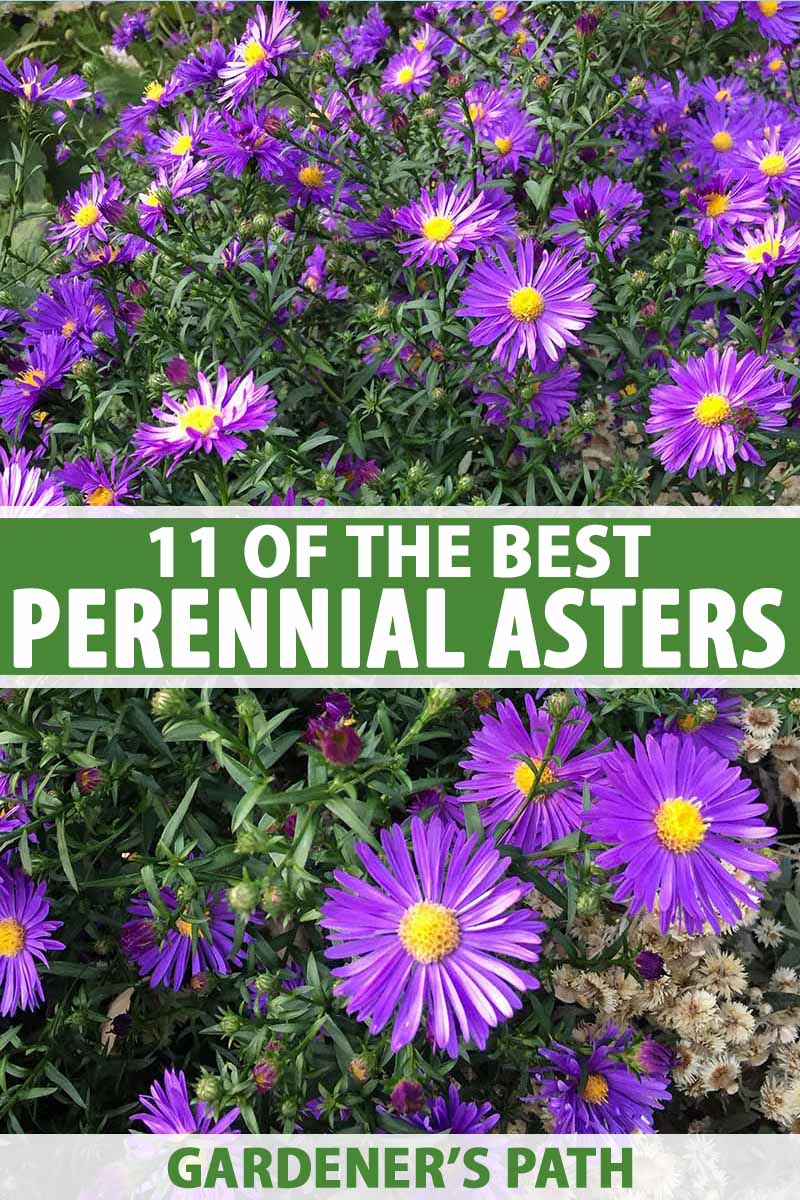
- Black-eyed Susan is another popular late summer perennial that is known for its bright yellow flowers with brown centers. These plants are drought-tolerant and deer-resistant, making them a good choice for many gardens.
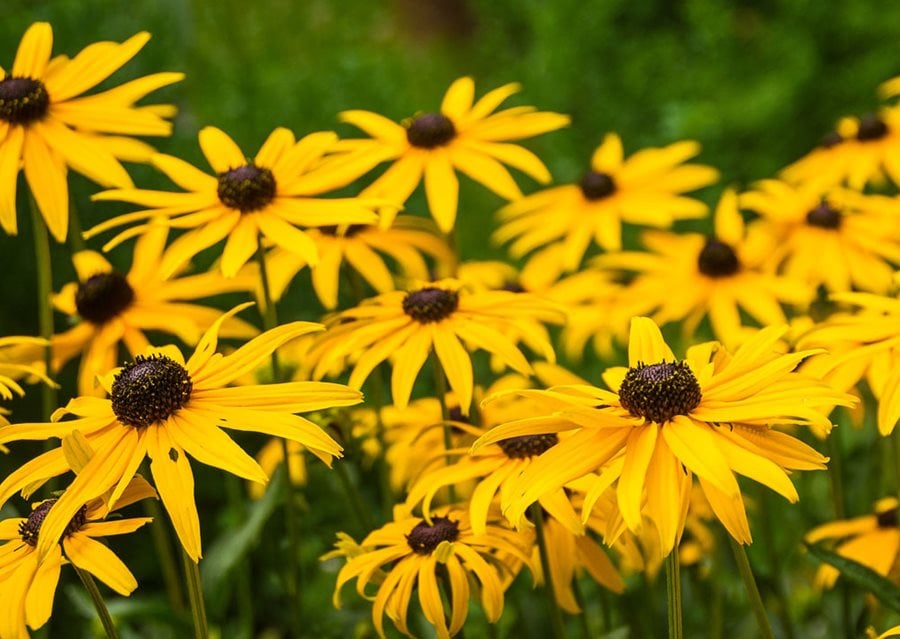
- Chrysanthemum is a versatile late summer perennial that can be grown in a variety of settings. These plants come in a wide range of colors and sizes, and they can be used in borders, containers, or cut flowers.

- Goldenrod is a native North American plant that is known for its bright yellow flowers. These plants are easy to care for and can tolerate a range of soil conditions. However, it is important to note that goldenrod can be an invasive species in some areas.
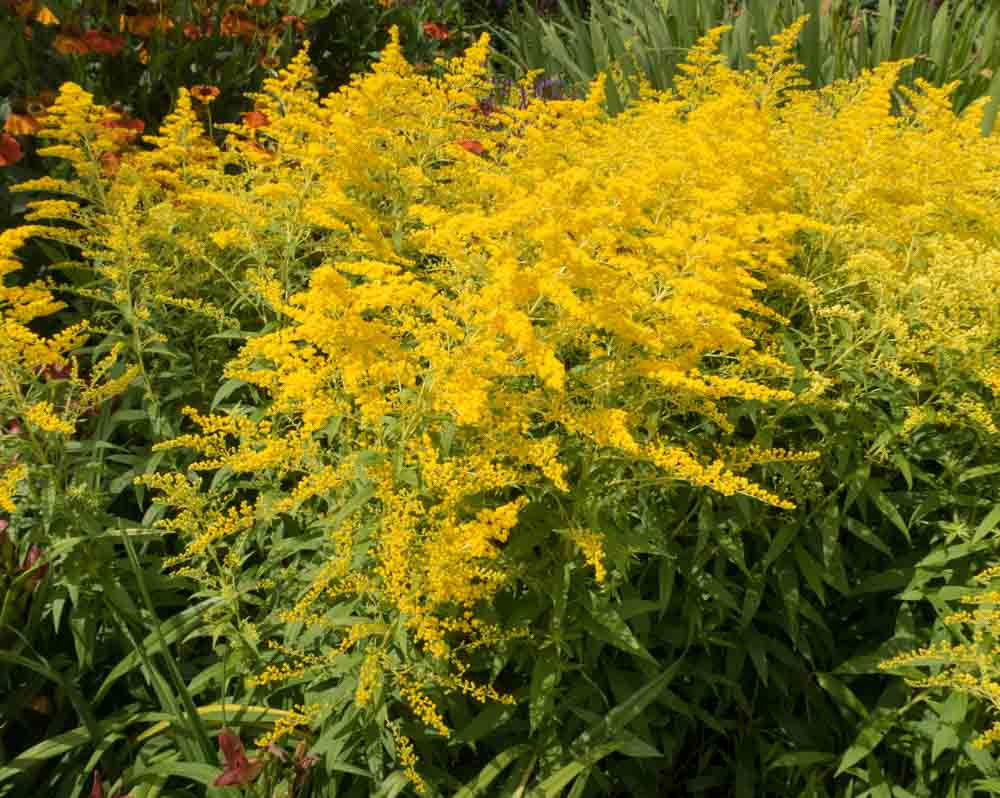
- Helenium is a tall, showy perennial that is known for its large, daisy-like flowers. These plants come in a variety of colors, including orange, yellow, and red. Helenium is a relatively easy plant to care for, but it does require full sun and well-drained soil.

- Japanese anemone is a beautiful late summer perennial that is known for its delicate, white flowers. These plants prefer partial shade and moist soil. Japanese anemones are not as cold-hardy as some other late summer perennials, so they may need to be protected in colder climates.
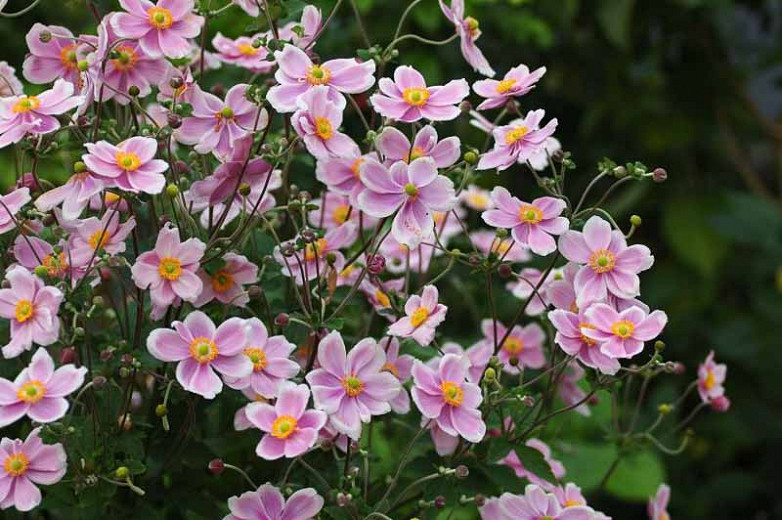
- New England aster is a tall, upright perennial that is known for its bright purple flowers. These plants are relatively easy to care for and can tolerate a range of soil conditions. New England asters are a good choice for adding height and color to the back of a garden border.
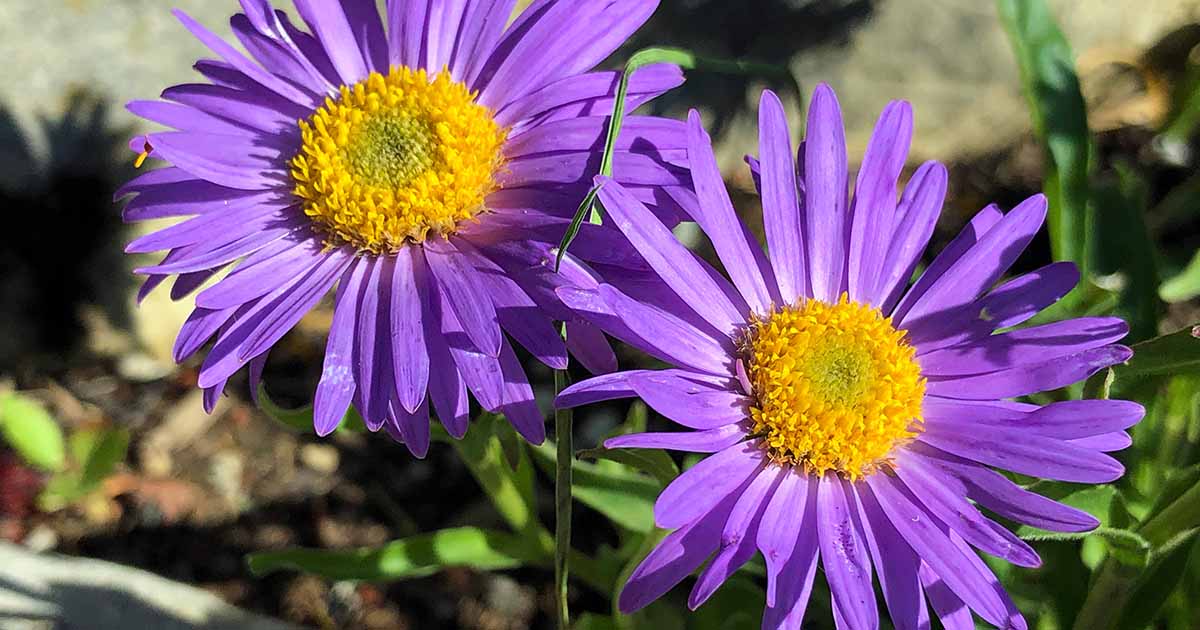
- Penstemon is a colorful late summer perennial that comes in a variety of colors, including red, pink, purple, and blue. These plants are relatively easy to care for and can tolerate a range of soil conditions. Penstemon is a good choice for adding color to sunny borders or rock gardens.
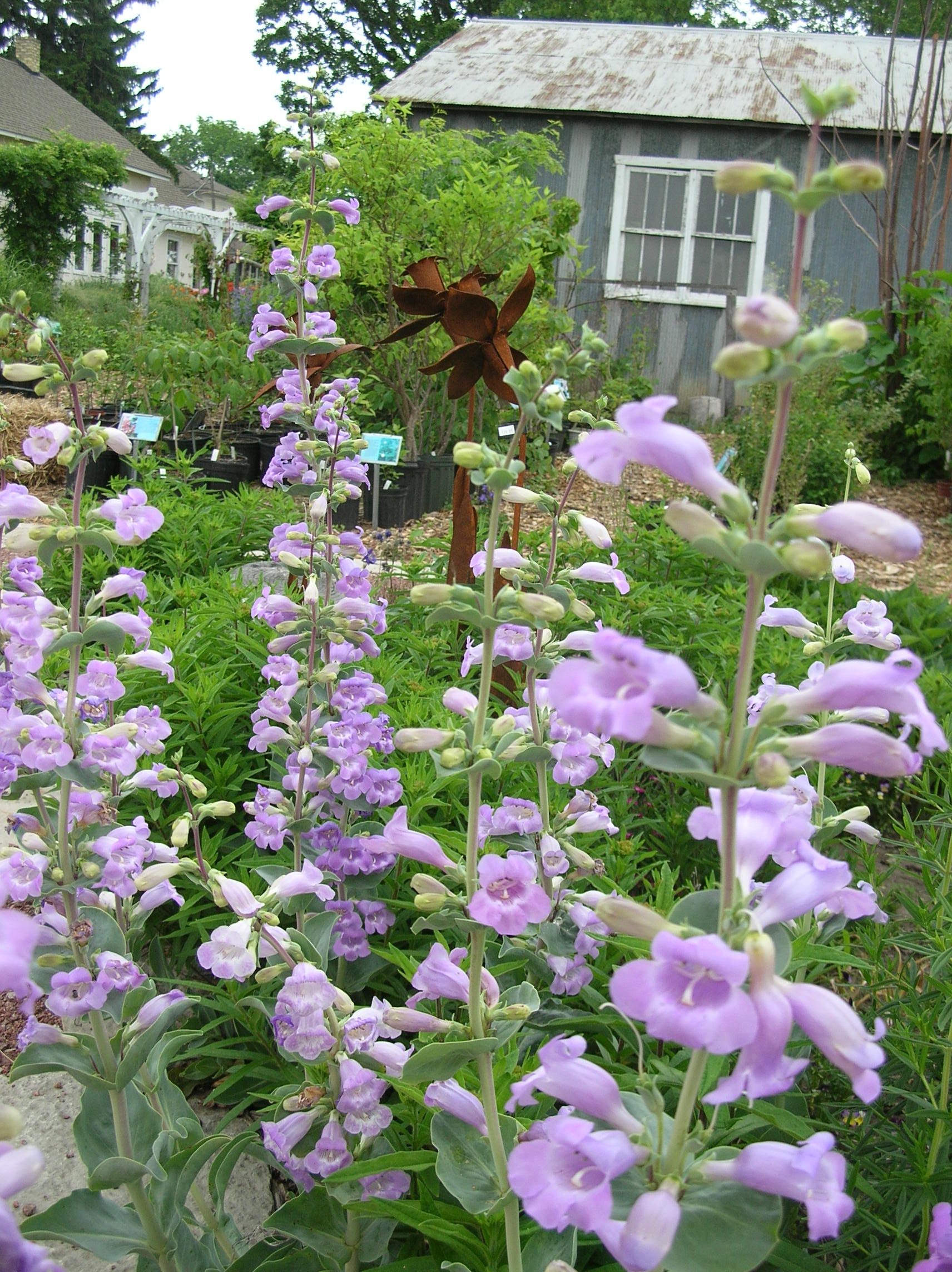
- Sedum is a succulent perennial that is known for its colorful flowers and foliage. These plants are relatively easy to care for and can tolerate a range of soil conditions. Sedum is a good choice for adding color to rock gardens or containers.
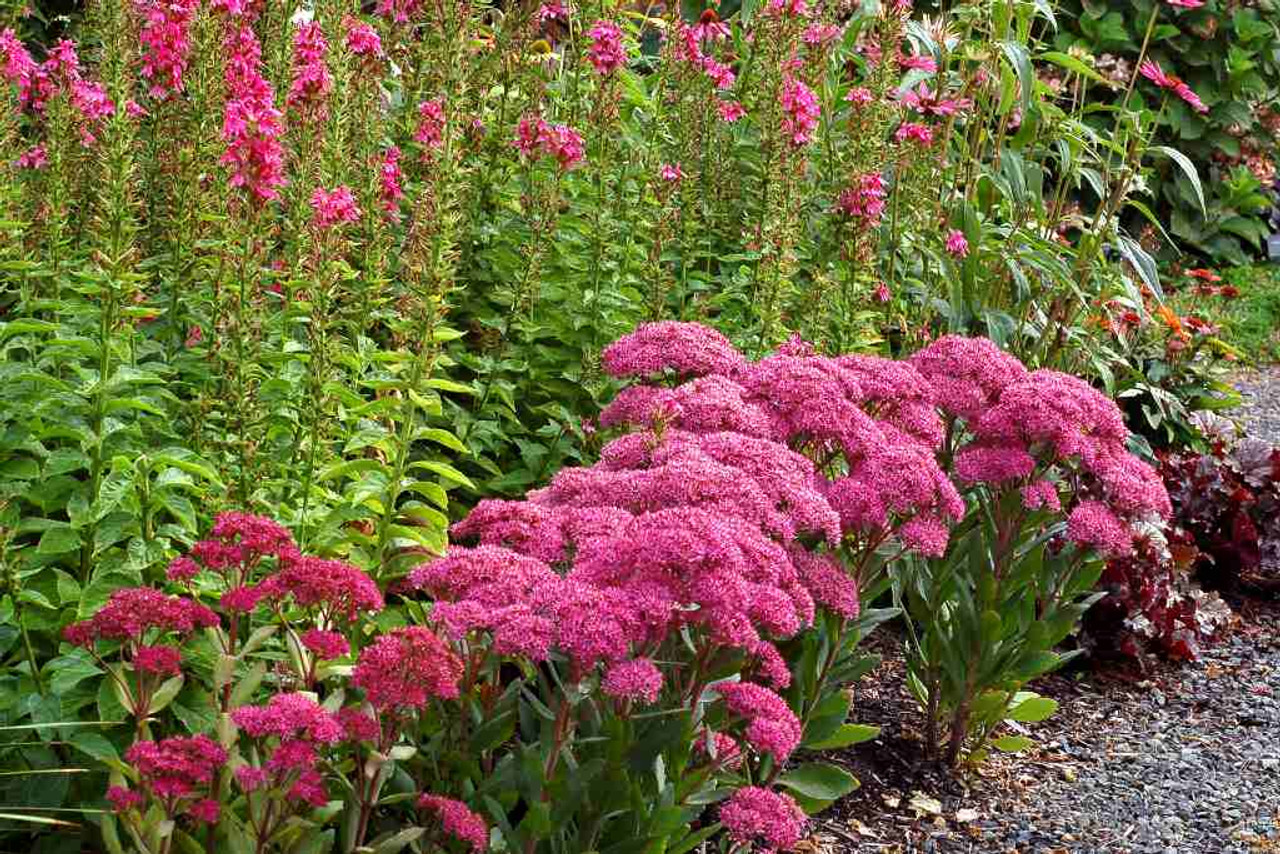
These are just a few of the many late summer perennials that can add beauty and interest to your garden. When choosing late summer perennials, it is important to consider the amount of sunlight your garden receives, the type of soil you have, and the climate you live in. With a little planning, you can create a late summer garden that will be a source of enjoyment for many months to come.
As summer winds down, it's time to start thinking about late summer perennials. These plants will add color and interest to your garden long after the other summer flowers have faded.
Some of the best late summer perennials include:
- Chrysanthemums are known for their bright, daisy-like flowers that come in a variety of colors. They are relatively easy to grow and can thrive in a variety of conditions. Garden Wiki
- Asters are another popular choice for late summer perennials. They come in a wide range of colors, including purple, blue, pink, and white. Asters are also relatively easy to grow and deer resistant.
- Goldenrods are a great choice for adding a touch of fall color to your garden. They come in a variety of heights and colors, so you can find one that's perfect for your space.
- Sedum is a succulent that blooms in late summer or early fall. It's a low-maintenance plant that's perfect for rock gardens or borders.
- Echinacea is a native North American plant that's known for its medicinal properties. It also blooms in late summer with beautiful purple flowers.
If you're looking for late summer perennials to add color and interest to your garden, be sure to visit Garden Wiki. They have a wide selection of plants to choose from, and their staff can help you find the perfect plants for your needs.
FAQ of late summer perennials
Q: What are some late summer perennials?
A: There are many different late summer perennials, some of the most popular include:
These plants typically bloom in late summer and early fall, and they can add a lot of color and interest to your garden. They are also relatively easy to care for, making them a good choice for gardeners of all levels of experience.
Q: What are the benefits of planting late summer perennials?
A: There are many benefits to planting late summer perennials. For one, they can help to extend the bloom time in your garden. When most other plants are starting to fade, late summer perennials will be in full bloom, providing you with months of color.
In addition, late summer perennials can help to attract pollinators to your garden. Bees, butterflies, and other pollinators are important for a healthy garden, and they will be drawn to the flowers of late summer perennials.
Finally, late summer perennials can help to add structure and interest to your garden. The tall, upright stems of some late summer perennials can provide a focal point in your garden, while the trailing stems of others can be used to soften the edges of flower beds.
Q: How do I care for late summer perennials?
A: Late summer perennials are relatively easy to care for. They need full sun and well-drained soil. They should be watered regularly, especially during hot, dry weather. In the fall, you can deadhead spent blooms to encourage more flowering. You may also need to divide the plants every few years to keep them healthy and vigorous.
Q: Where can I buy late summer perennials?
A: Late summer perennials are available at most garden centers and nurseries. You can also find them online. When choosing late summer perennials, it is important to select plants that are suited to your climate and growing conditions.
Q: What are some tips for planting late summer perennials?
A: Here are a few tips for planting late summer perennials:
- Plant in the spring or fall, when the weather is cool and moist.
- Prepare the soil by removing weeds and adding compost or other organic matter.
- Space the plants according to the mature size of the plant.
- Water the plants well after planting.
- Mulch around the plants to help retain moisture and suppress weeds.
Image of late summer perennials
- Coneflower: Coneflowers are tall, daisy-like flowers that bloom in late summer and fall. They come in a variety of colors, including purple, pink, and yellow.
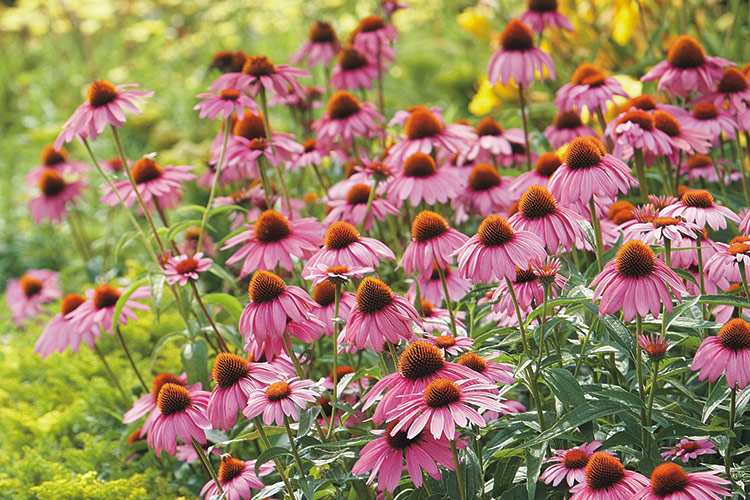
- Aster: Asters are small, star-shaped flowers that bloom in late summer and fall. They come in a variety of colors, including blue, pink, and white.

- Mums: Mums are brightly colored flowers that bloom in late summer and fall. They come in a variety of colors, including orange, yellow, and purple.

- Russian sage: Russian sage is a tall, lavender-colored flower that blooms in late summer and fall. It is a good choice for attracting butterflies and bees.
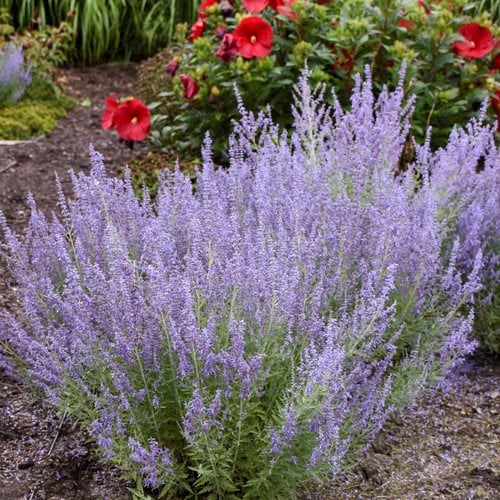
- Sedum: Sedum is a low-maintenance plant that produces star-shaped flowers in late summer and fall. It comes in a variety of colors, including red, pink, and yellow.

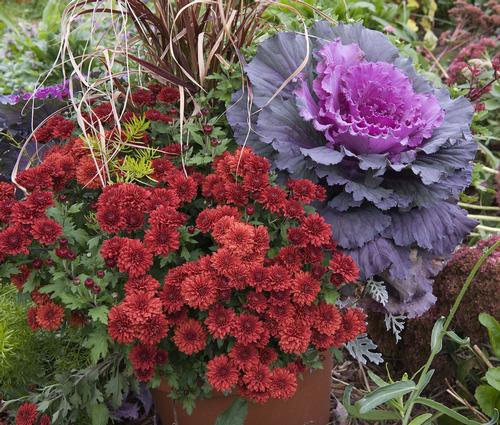

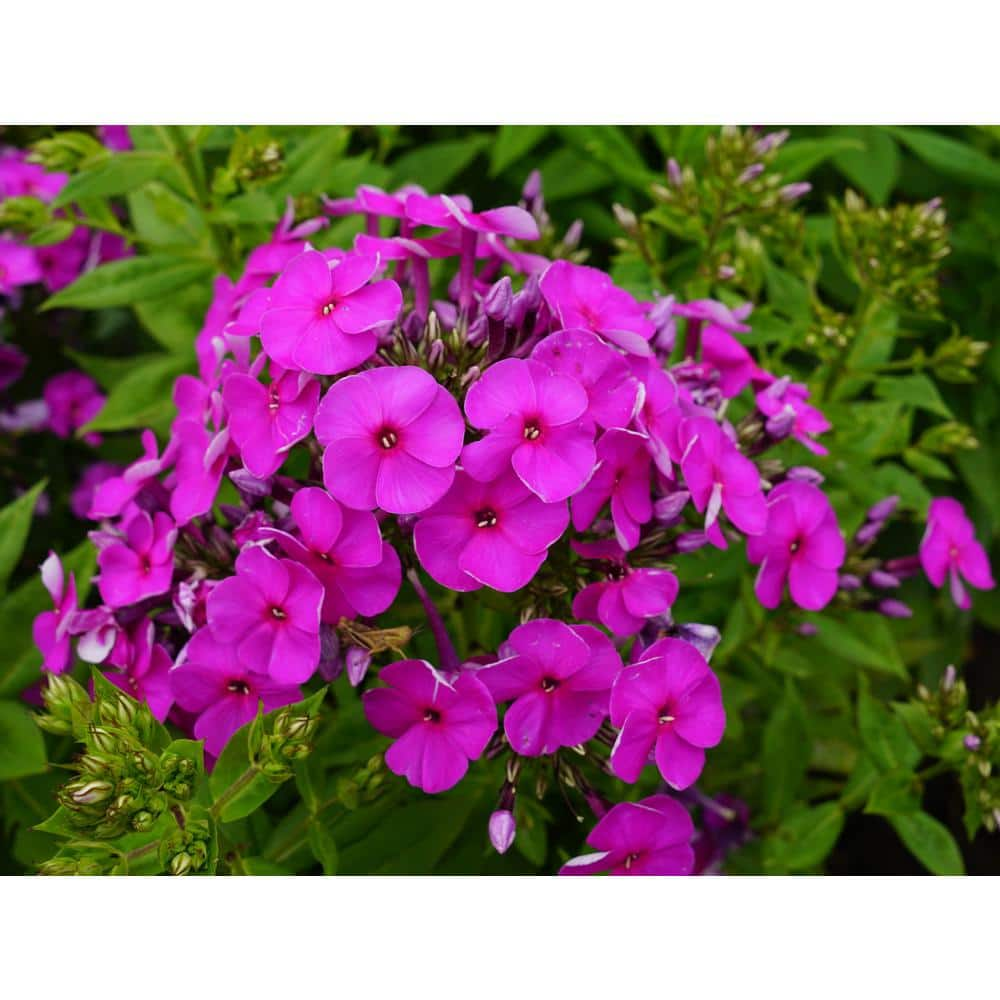
Post a Comment for " Late Summer Perennials That Will"